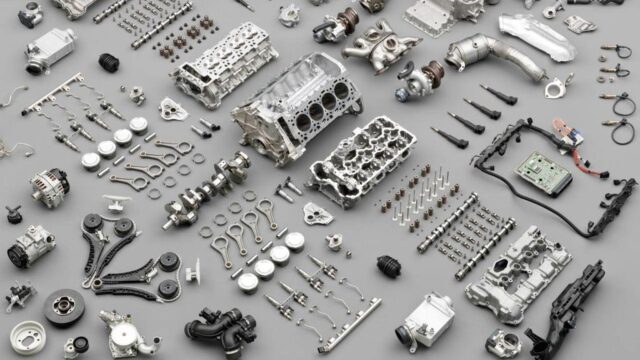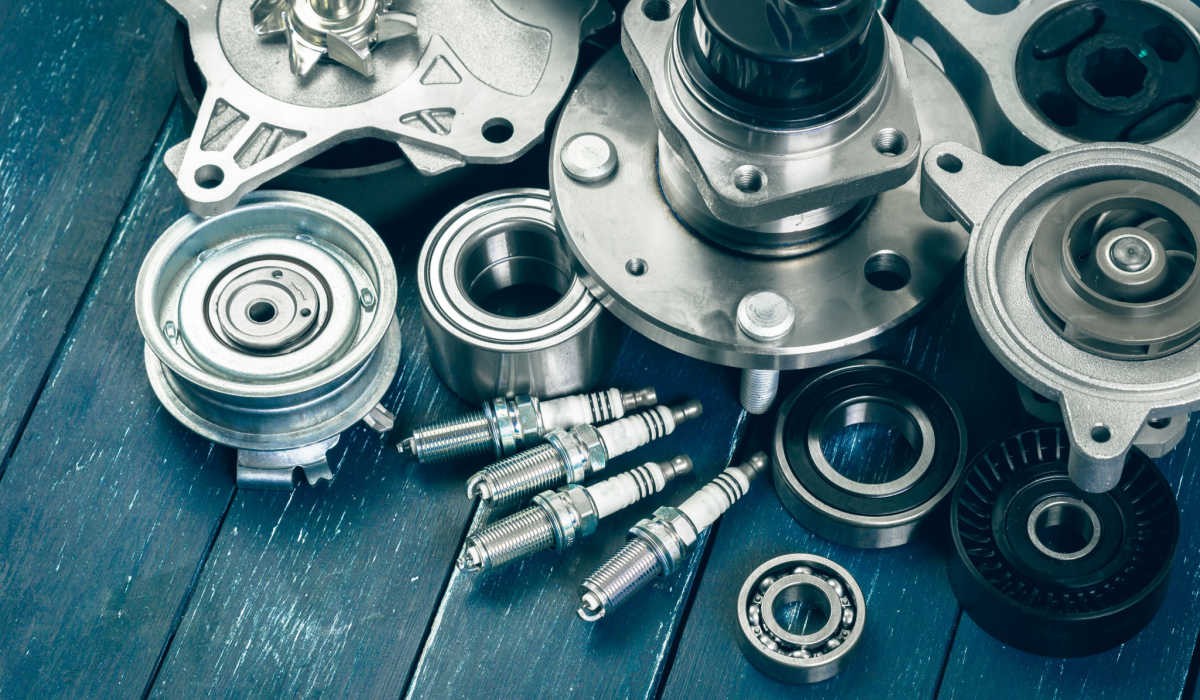
Investing in genuine automotive parts means you care for your vehicle properly, paying attention to the quality of the spare parts and their performance in the long run. Finding trustworthy suppliers takes time and effort, but it’s worth the wait.
From looking at their websites to comparing offers, reviews, and testimonials, you indeed have to go through a long way until you find the best possible solution.
The first step is performing extended market research, whether it’s online or offline.
Collect and systemize all the information you have, so you can compare their products, read testimonials from various resources, and make an informed decision in the end. Since we want to make your life a little bit easier in the research of the genuine automotive parts supply field, take a look at https://sts-global.com/auto-parts/.
Or go through these steps to ensure everything ends well:
1. Research and Reviews

Check online reviews or ask people who already bought automotive parts for recommendations. You can surely use local directories like Yelp or check on the Google rating to get to know some suppliers better. It’s even better if they already have a website or social media pages (or both) to easily find customer testimonials and genuine experiences.
2. Their Industry Reputation
If you do research locally, you can easily find people who have already used their services. Ask your friends for a recommendation, and listen to them carefully. That way, you learn a lot about their service, dedication, and professionalism. If they have a good industry reputation, then buying from that particular brand ensures consistent quality and great customer service, as you deserve.
3. Automotive Parts Verification

When checking on the automotive parts, look for certifications, hologram stickers, and serial numbers to confirm their authenticity. If nothing is missing, you’re probably dealing with genuine parts that meet all the standards for use. This step is a must because sometimes, you can confirm that a part is original and genuine just by looking at it. Don’t underestimate the power of your eyes and mind, because they’re indeed able to spot when something is wrong.
4. Physical Inspection
If possible, visit the physical store so you can inspect the automotive parts. This is indeed tied to the tip above, but cross-checking, assessing, and confirming that the part is genuine gives you peace of mind. It also builds trust between you and the supplier, so you’re more likely to use their services in the future, instead of researching the options over and over again.
5. Product Warranty and Return Policies

Reliable suppliers always offer warranties for products supplied by them, giving the benefit of the doubt that something may not work properly – and they’re obligated to fix the problem. Surely, if they insist the parts are genuine and work perfectly, and don’t offer any guarantee for that, it’s a red flag and you may need to avoid that supplier.
Also, if their return and refund policies aren’t transparent enough, they may avoid replacing the damaged part claiming it’s your fault. So, communicate this matter openly, and see how they act when you mention warranties and return policies.
6. Supply Chain Transparency
Each reliable automotive parts supplier must be transparent about where they source their parts. They don’t need to tell you exactly the names of the people who are included in the process, but the information should be traceable, providing information on the part’s history and origin.
Most of the time, suppliers are transparent on the sources, or tell you that they obtain the parts themselves from damaged or older vehicles. It’s important to confirm that upon the purchase, so you can know how to deal with eventual malfunctions.
7. Their Customer Service
When the supplier is responsive and knowledgeable, you’re more likely to trust their service. Contact various suppliers so you can have more options to estimate their knowledge and ability to provide the needed assistance. The staff must know everything about the automotive parts they sell, guiding you in selecting the right parts for your vehicle.
8. Their Prices
Perform price comparisons to spot eventual inconsistencies. The lowest prices aren’t always the best prices and extremely low price is a sign that something may be wrong with the part. When you compile a list of reliable suppliers, you can easily compare their services and prices, getting a fair deal in the end.
9. Their Online Presence
Many automotive parts suppliers and sellers already enjoy the benefits of eCommerce. They’re able to update their website, manage the stock, and guarantee for each product they send to you. If you can’t find anything about the supplier online, stay alert as serious businesses have at least a social media page to communicate with their potential customers. Also, eCommerce provides security and protection for you, so the lack of online presence is another red flag to be aware of.
Final Words
If you’re buying automotive parts for your vehicle, you have homework to do before spending your money. Follow the steps we provided above, and also trust your gut when making the right decision. You’ll be surprised how many fake parts are around, so being careful means a lot. Also, avoiding bad parts means your vehicle won’t be at risk of damaging.
Focus on your research, compare various suppliers and sellers, and read reviews and testimonials before taking any step further. Use multiple sources of information, as well as the old but gold word of mouth by the existing customers.
With all that information available, you can easily make decisions, ensuring you spend your money on genuine automotive parts, largely avoiding suspicious suppliers and fake products.













